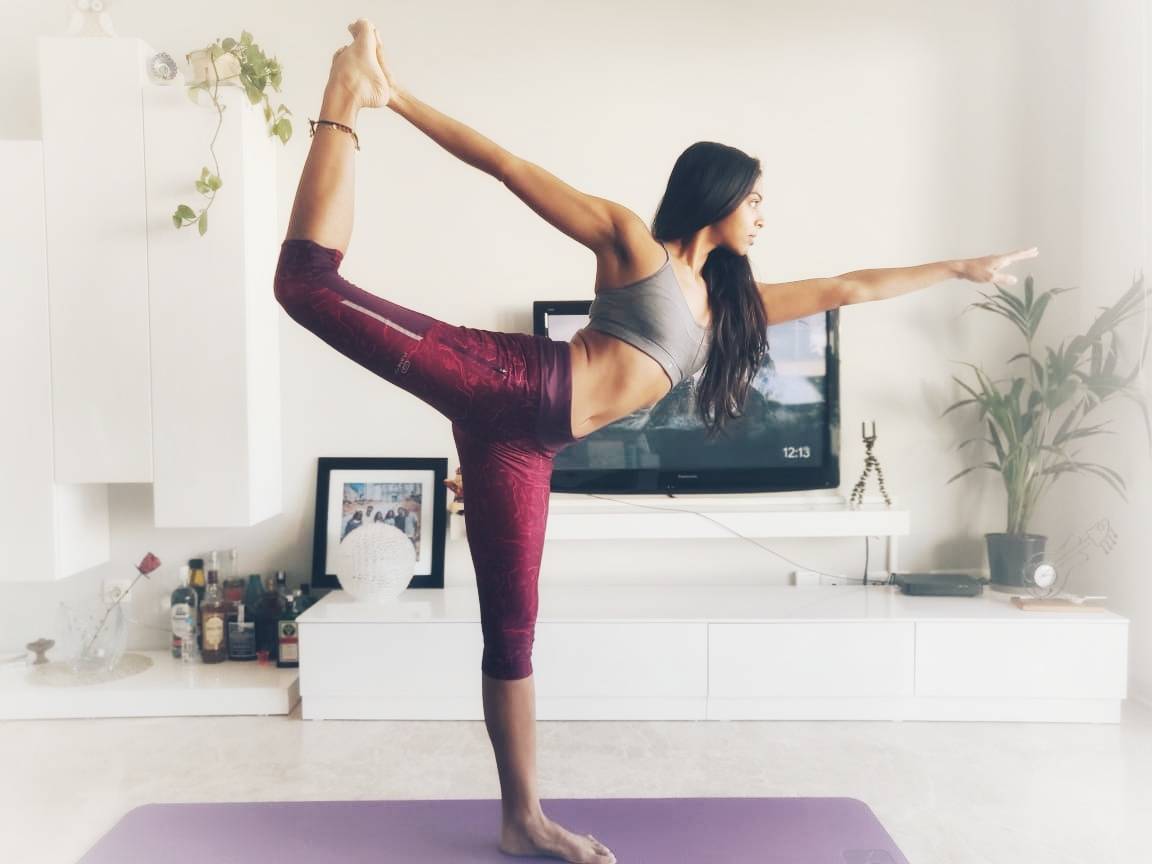
It’s 11 am and I just finished my morning practice. It’s day 19 and as I wake up from savasana I realize that the space where I practice in my apartment has grown in the past two weeks. Developing a personal practice takes time but it’s a very liberating feeling when you can be in charge of your own well-being.
It’s amazing how even after years of practicing a basic twisting pose like ardhamatsyendrasana can continue to get more interesting. Any activity, however small, can potentially become, depending on the moment, an infinite number of different experiences.
Asanas are a journey to the inside, unraveling the knots that bind you down to finally being able to breathe and enjoy the pose. Through these asanas, we can change the quality of our mind by consciously changing the holding patterns of our body. The mind-body connection can be a gift or a curse depending on how we use it.
Also, Read: Yoga for beginners 101: How to prep for your first yoga class
Here is how these asanas came about
Asanas were developed by the monks centuries ago. These monks practiced strict self-control to master the senses by being in isolation. Their goal was to reach the state of samadhi. But due to the sedentary lifestyle (the prolonged stillness due to meditation practice), their bodies were getting ill that inhibited their practice.
Also, Watch:
These monks could not practice regular exercise, swimming, running, etc because it made them very hungry, thirsty, and tired. With their wisdom and insight, they invented asana (posture), pranayama (breathing practices), mudra (energy seals) and shat kriya (cleansing techniques) of hatha yoga to provide exercise to their internal body (organs and glands) by conserving energy at the same time. .
Asana is the third limb in the eight limbs of yoga from Patanjali’s ‘yoga sutras’ and it literally means seat–specifically the seat you take for meditation. The most important, and in fact, the only description of asana given in the Yoga Sutras is “Sthira Sukham Asanam”. This is most commonly translated as, “posture should be stable and comfortable.”
Why, you ask?
To prepare our bodies to sit for hours to meditate endlessly. This, according to the Eight Limbs of Yoga, is the purpose of asana. But… it’s not just about that perfect seat!
Select Topics of your interest and let us customize your feed.
PERSONALISE NOWThis constant exploration between sthira and sukha in order to find ‘the middle path’ is important not just to bring about peace within but also in the world. Watch your thoughts as they become your words; words become your actions; actions become your habit; a habit becomes your character; character becomes your destiny. The little life we live today is connected to something much greater.

When I first studied the Yoga Sutras of Patanjali, I mistakenly thought that this verse described the physical practice of yoga. I understand now that an asana is the most natural and pure state of being, which is union with what ‘is’.
Use your discerning power to discriminate between what is real and what is unreal. These are times where we should sit and introspect about conscious living. “Are we being true to ourselves when it comes to pushing boundaries to achieve something?”, “What stops us to work in equilibrium with nature?”, “Our ego and desires are what guides us now?”, and more importantly “Are we really the masters of civilization?”
These are the questions we should ask ourselves and introspect to find answers. This is the practice that is helping me cope with this pandemic and the lockdown it has brought about. I hope it helps you too.